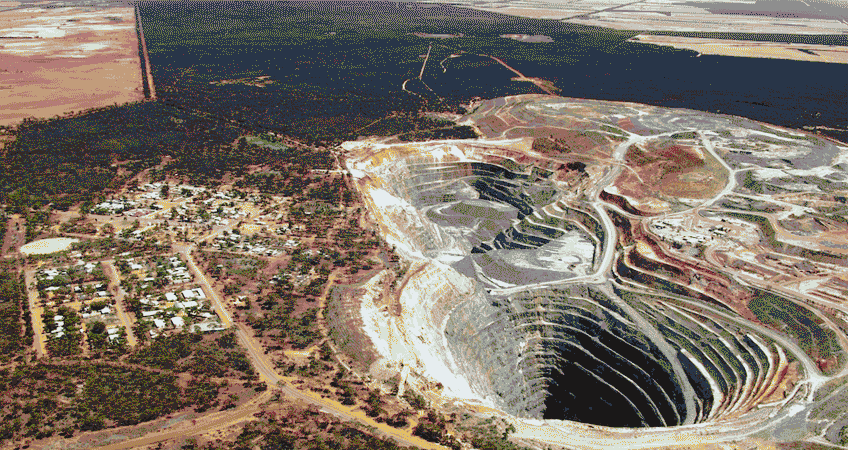Home » Technology »
eVTOLs Need Lithium Batteries
Lithium Batteries Need Advanced Recycling; And, There’s the Rub

Manufacturers, developers, and scientists around the world are racing to turn the long-held dream of flying cars, also known as air taxis and eVTOLs into reality. For many of them, a critical component to achieving urban air mobility (UAM) success relies on lithium batteries.
The development of sustainable urban air mobility (UAM, AKA advanced air mobility (AAM)) powered by lithium is well underway. Many people expect to see government-certified eVTOLs by the end of the decade, if not sooner.
By 2040, eVTOLs could be commonplace, affordable, and an entire ecosystem to support this newest transportation mode will have evolved. But – there is one possible glitch looming on the horizon, maybe even a figuratively BVLOS (Beyond Visible Line of Sight) glitch, some may have overlooked. Once a lithium-ion (Li) battery has reached its useful life, how will it, how can it, be safely and economically recycled?
Breaking Up (Lithium-Ion Batteries) Is Hard to Do
“The current method of simply shredding everything and trying to purify a complex mixture, results in expensive processes with low-value products,” Dr. Paul Anderson, a physical chemist at the University of Birmingham, recently explained to the BBC. Consequently, the current cost of recycling a lithium-ion battery exceeds the cost of mining lithium and manufacturing new batteries.
In conventional battery recycling plants, battery parts are shredded down into a powder, and then that powder is either melted (pyrometallurgy) or dissolved in acid (hydrometallurgy). But Li-ion batteries are composed of lots of different parts which could explode if they’re not disassembled carefully. Even when Li-ion batteries are broken down this way, the products still aren’t easy to reuse.
“Currently, globally, it’s very hard to get detailed figures for what percentage of lithium-ion batteries are recycled, but the value everyone quotes is about 5 percent,” Dr. Anderson said. “In some parts of the world, it’s considerably less.” The flip side of that assessment is that 95 percent of lithium-ion batteries aren’t being recycled.
As auto and aircraft manufacturers transition to electric-powered vehicles, the incentive to improve lithium-ion battery recycling methods to make them cost-effective will increase.
Further hindering the development of lithium-ion batteries is the misconception that implementing lithium-ion batteries for eVTOLs and UAM is better for the environment than using fossil fuels. To mine one ton of lithium requires 500,000 gallons of water (about 2.75 million liters). In Chile, lithium mining has also been linked to a decline in the natural vegetation, increased daytime temperatures, and increasing droughts conditions in some national reserve areas. eVTOLs may reduce carbon dioxide (CO²) emissions over their lifetime compared to fossil fuels, but they still leave a substantial environmental footprint.
Dr. Shirley Meng, a professor of energy technologies at the University of California, San Diego explains, “We have to find ways to make it enter what we call a circular lifecycle, because the lithium and the cobalt and nickel take a lot of electricity and a lot of effort to be mined and refined and made into the batteries. We can no longer treat the batteries as disposable.”
Dr. Meng likens a Li-ion battery to a bookshelf with many layers, and the lithium ions rapidly move across each shelf, cycling back each time to the top shelf – a process called intercalation. After years and years, the bookshelf naturally starts to break down and collapse. So, when chemists, such as Dr. Meng, dismantle an Li-ion battery, that’s the sort of degradation they see in the structure and materials.
“We can actually find the mechanisms, [and] either using heat or some kind of chemical treatment method, we can put the bookshelf back [together],” says Meng. “We can let those recycled and refurbished materials go back to the assembly line to the [Li-ion battery] factories to be made into new batteries.”
Problem Solved… Maybe
Jodie Lutkenhaus, a professor of chemical engineering at Texas A&M University, is working on an organic battery, one capable of degrading on demand.
“Many batteries today are not recycled because of the associated energy and labor cost,” Lutkenhaus explains. “Batteries that degrade on command may simplify or lower the barrier to recycling. Eventually, these degradation products could be reconstituted back into a fresh new battery, closing the materials life-cycle loop.”
The challenges of implementing a transportation system powered by electricity may be beginning to feel something akin to peeling back the layers of an onion. Or, to quote a certain denizen of Wonderland named Alice: “Curiouser and curiouser!” Unlike Alice or Wonderland, though, UAM and eVTOLs will soon no longer be fantasy or fiction.
Want to continue to stay up-to-date about the latest developments in the eVTOL industry? Subscribe to AeroCar Journal now. It’s FREE (for a limited time)! Join us on Twitter for the latest news, analysis, and insight about the eVTOL industry. AeroCarJ


